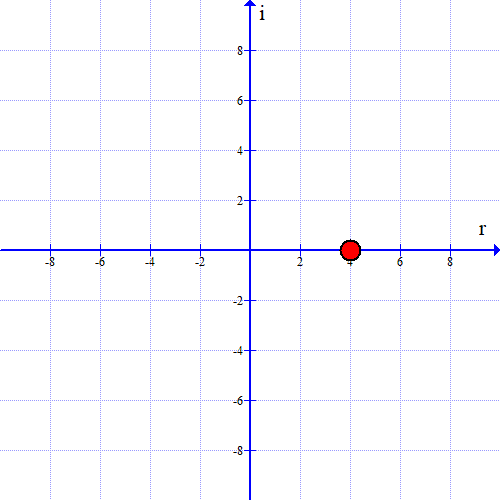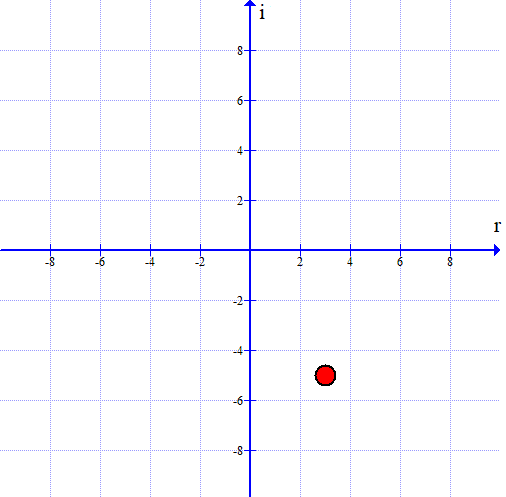Math 101: College Algebra Ch 5. Complex Numbers
1/24
There's no tags or description
Looks like no tags are added yet.
Name | Mastery | Learn | Test | Matching | Spaced |
|---|
No study sessions yet.
25 Terms
When solving a quadratic equation, under what circumstances would the result be two answers that are imaginary numbers?
When the discriminant is negative
None of the answers are correct; the results of a quadratic equation will never yield an answer with two imaginary numbers.
When the discriminant is positive
When the discriminant is equal to zero
When the discriminant is negative
Which of the following expressions is written as a complex number?
-3i
5
3i
-1 + i
-5
-1 + i
What is the simplified value of the expression below?
i10
-1
1
i
i3
-i
-1
Which of the following is an imaginary number?
√2
∞
-2
2i
2π
2i
In math, i equals _____.

-





Subtract and simplify the following expression:

Which of the following is a complex number with a non-zero real part and a non-zero imaginary part?
None of the answers are correct.
8 + 4i
4i
8/4
-4
8 + 4i

Add and simplify the following expression:


Multiply and simplify the following expression:


Simplify the following expression:
5
3 + 4i
5 + 2i
3 + 2i
3
5 + 2i

What is the first step in dividing these complex numbers?
Multiply the top and bottom of the fraction by 3 + 4i.
Cancel the -4i from the top and the bottom of the fraction.
Multiply the top and bottom of the fraction by 3 - 4i.
Multiply the top and bottom of the fraction by 1 + 4i.
Multiply the top and bottom of the fraction by 3 + 4i.
Which two complex conjugates would multiply to equal 13?


What is the complex conjugate of the expression below?


Simplify the following expression:


Simplify the following expression.

Which complex number would look like it was located at the coordinates (-2, 4) if it was graphed?
4 - 2i
-2 - 4i
-4 + 2i
-2 + 4i
-2 + 4i
Which of the following graphs represents the complex number -i on the complex plane?

Which of the following graphs represents the complex number 3 + 2i on the complex plane?


Which number is represented by the graph below?
4
4 - 4i
4i
4 + 4i
4

Which number is represented by the graph below?
3
-5 + 3i
3 - 5i
-3 + 5i
3 - 5i
When it comes to solving quadratics with complex solutions, which one of the following statements is FALSE?
If the discriminant is zero, the result will be no real answers.
If the discriminant is positive, the result will be two real answers.
If the discriminant is negative, the result will be two complex solutions.
If the discriminant is zero, the result will be one real answer.
If the discriminant is zero, the result will be no real answers.

How many roots does the equation below have?
2 real roots
1 complex root
1 real root
2 complex roots
2 real roots

What is the most simplified form of the expression below?


7
7i
7i

Solve the equation below:


Find the roots of the equation below:




































